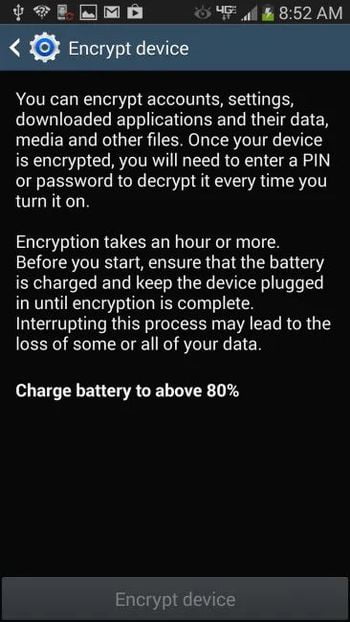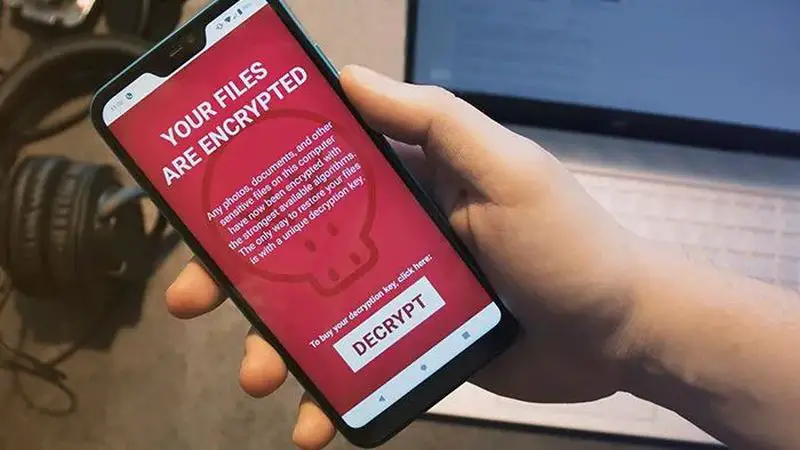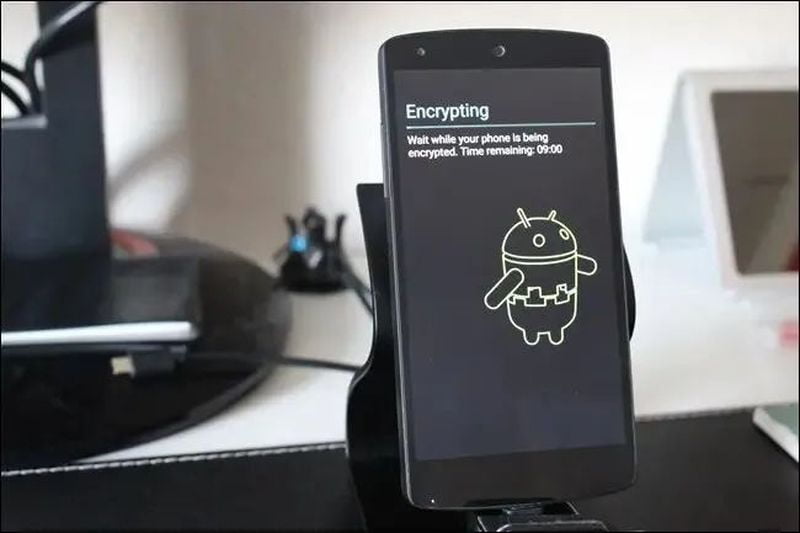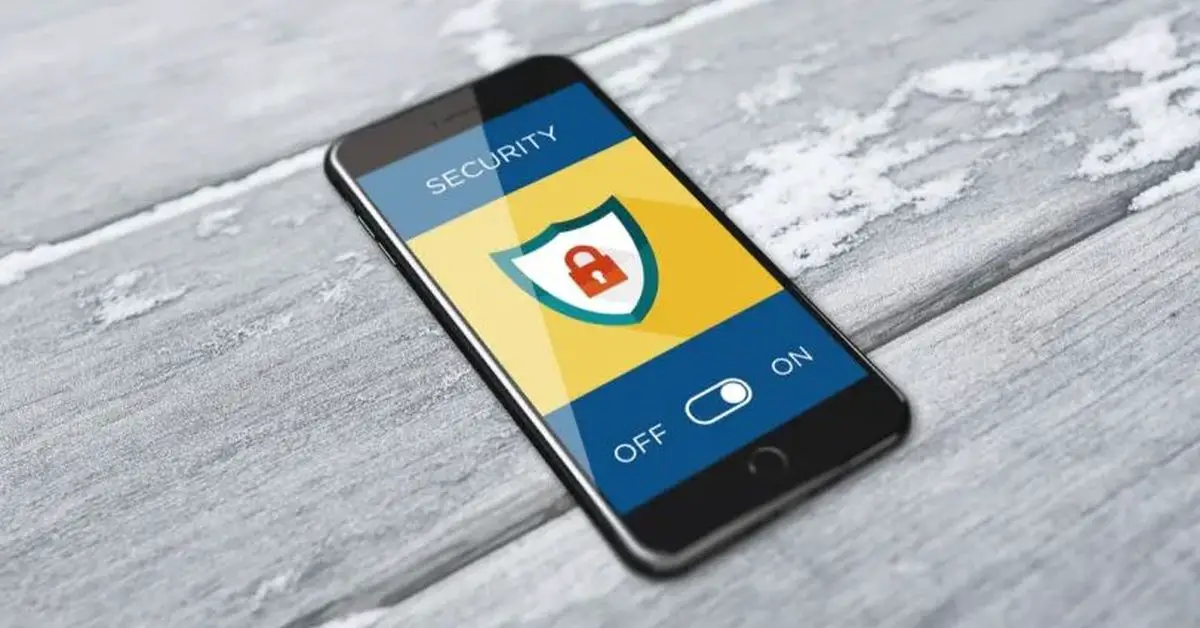With the constant evolution of technology, the security of devices has increased to such an extent that it is almost impossible to access other people’s information. However, being part of a hyper-connected world also has its risks.
That is why we can always make use of phone data encryption to keep our private data and personal accounts safe since on the network we can always find spy applications, hackers, and viruses that can affect our privacy and play a dirty trick on us.
What is data encryption?

To avoid these scares, cell phones have an option to encrypt all our information and provide security against cyberterrorists. Data encryption consists of restricting access to our data as much as possible and making it very difficult to consult it. It is only possible to do so using a password. When it is set, the music, photos, and applications on your cell phone will be much more secure, although that does not mean that it is unbreakable, it will be very difficult to access them.
This has nothing to do with the screen lock mode that we all set when we buy a mobile, as this only protects our access to our phone. If at any given moment we lose it or it is stolen, it will be enough to guess the screen lock we set to be able to access the phone’s internal files. And even if the person who gets our device does not know the pattern, there is always a better chance of unlocking it than if the encryption is not activated.
Why security encryption is activated on the cell phone?
For this reason, encrypting or encrypting is a very good solution to have secured all the information stored on our mobile. This way we will avoid the theft of our data from spy applications, malware, or hackers who are always on the lookout.
How to enable mobile data encryption?
Depending on the Android version of our device, it can be done in two ways. The latest versions (from Android 6.0 onwards) include encryption as standard, so it will not be possible to do it manually. In this case, you will only be able to encrypt the apps and files you choose or, on the contrary, you can also fully encrypt the external memory card (if it has one). For the latter, you will have to go to Settings, click on Biometric and security data and look for the option to encrypt or decrypt SD card, where you will be prompted for a password that will ask you whenever you want to consult the data stored on it. Of course, keep in mind that the card can only be decrypted from the mobile that you did the action.
As for versions before Android Marshmallow, we can activate it in Settings, in the Lock Screen and Security section. Within this, we look for the option Other security settings. In system settings, we look for security, and within this, we will see the Encryption tab. Tap on encrypt device (twice) and your mobile will ask you for the password with which you will encrypt the data. It should be added that you can encrypt both the phone and the SD card.
Encryption problems

Encryption does not seem to be as simple and easy as it seems, as it also has some drawbacks. If you do not follow some previous steps and take several considerations into account, the process could be very expensive.
Data loss
If for some reason you do not remember the password you set for the device encryption, you have a serious problem. At this point, the logical thing to do is to try different passwords you may have used to unlock the phone, although you know that if you exceed the limit of attempts, the mobile will automatically erase all the data and it will be impossible to access it since it will have been automatically blocked for security reasons.
Fear not, because there is an option that can save you. The first thing you have to do is turn off the phone and, once this is done, boot it in recovery mode (press and hold the home, off, and volume down buttons). When we get the menu, we will go down with the volume down button to the “Wipe Data/Factory Reset” option. When this process is finished, go back to the main menu and click on “Wipe cache partition”. This will unlock the phone, but the settings and data will be reset to factory default.
Performance suffers
A cell phone is not a computer, and it does not have the same performance to process encryption without being altered. That is why, when we perform data encryption on our phone, the performance will be slowed down considerably, since from that moment the phone requires a higher CPU consumption. This means that the reading and writing of files decreases and affects other areas such as increased battery consumption. Here it is up to each user to decide whether they prefer to increase security or keep the device’s performance intact.
Use of the cell phone

To carry out the encryption, we must ensure that we have at least 80% of the battery in our device, although many experts say that the idea is to have it at 100%. The process is usually long and can take up to an hour and sometimes more, depending on the amount of information on the phone. During data encryption, a lot of battery power is consumed, as the CPU is working at full capacity to search for all the files to encrypt them. If the phone runs out of battery or is switched off during this process, the data will be partially or completely deleted, depending on the phase of the process.
Factory data reset is the only solution
If you decide to carry out the data encryption, you must be very clear about it, since the only solution to undo the process is by resetting the factory data, as we mentioned above. To do this, you must go to Settings, click on General Management and look for the Reset section. Once inside, you will have to press the Reset to the factory settings option, and all the data on the mobile will be automatically erased. You can also do it with the recovery mode, although this option is more advisable to do it as a last resort.





